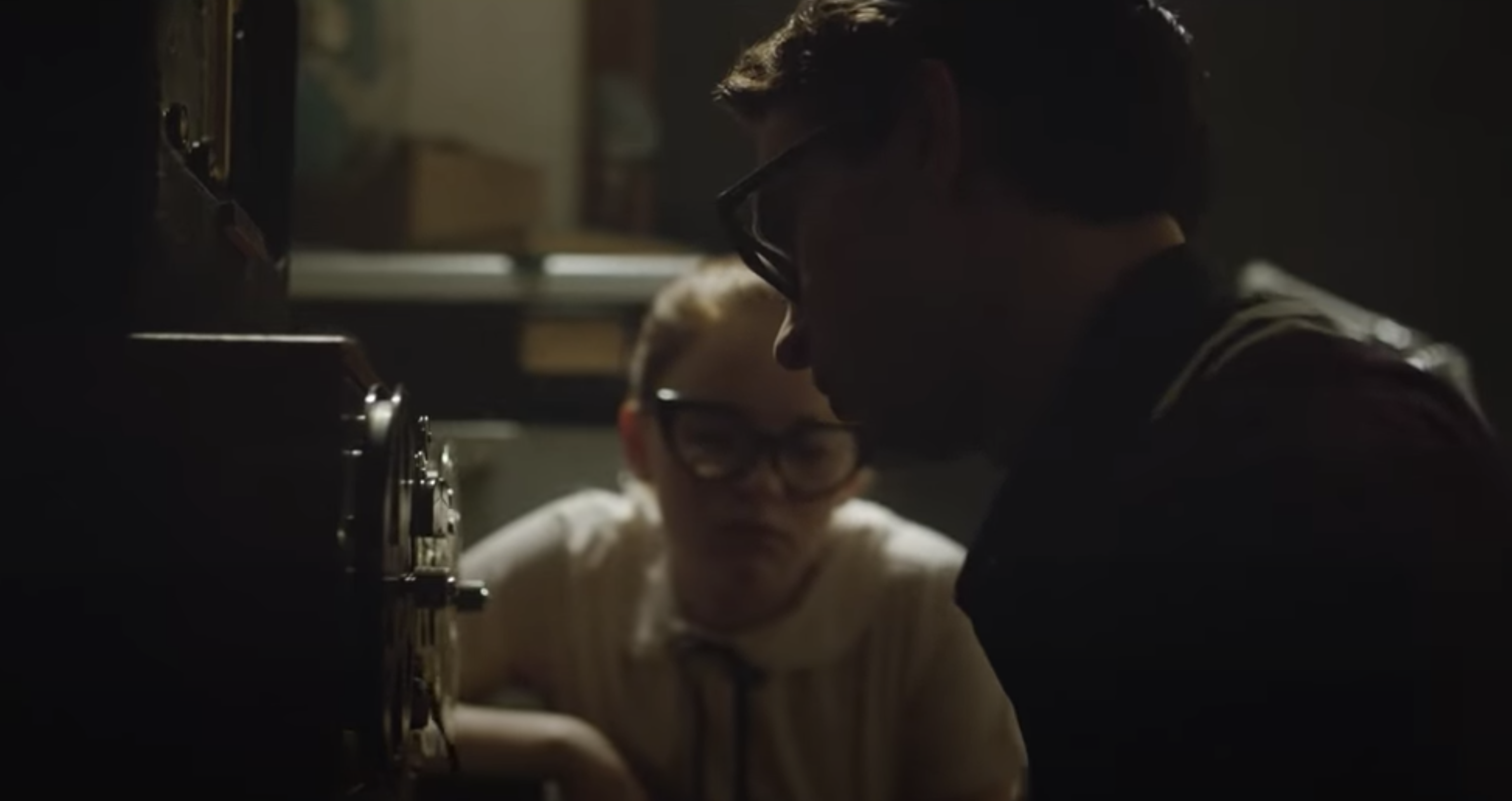Cleopatra REDUX
During one of the tamer scenes of “Cleopatra” Elizabeth Taylor’s Queen of the Nile leads Julius Caesar to the tomb of Alexander the Great. Staring down at the (pretend) grave of Western Civilization’s greatest conqueror, what could Taylor be thinking? Is she thinking “Amateur!”? What Alexander tried and failed to take with force – the entire world – Taylor was accomplishing that moment with overwhelming fame and sex appeal.
For those who consider films to be veiled biographies of their stars, the ridiculously lavish 1963 Roman epic might be the greatest landmark of the theory. Filmed at the height of her fame, Taylor placed a major studio, 20th Century Fox, in the role of a supplicant showering a monarch with gifts – she was paid an equivalent of nearly $50 million. The budget (equal to $300 million? 400 million?) nearly bankrupted the studio. The head-spinning set-piece of Taylor entering the Roman Forum riding a giant Sphinx dressed in gold crowned Taylor queen of the world.
It’s also hard not to notice when Hollywood’s greatest maneater plays history’s greatest maneater. Taylor’s Cleopatra steals Richard Burton’s Marc Antony from his wife, right as Taylor was doing the same to Burton offscreen. Burton’s boozy helplessness in the face of Cleopatra’s beauty and power raises the question, “Is Burton acting?” Their edged back-and-forth seems a premonition of life to come.
Were there other people in this Joseph Mankiewicz film? Thousands, actually. “Cleopatra” was among the last of the cast-of-thousands epics of the sixties. It starts with a scene of Roman battlefield pyres and often plays at that scale. At least one of those thousands stands out – Roddy McDowall gives us a masterful weasle Octavian. His instructions for testing poison, “Give this to one of the badly wounded – is darkly nutty and hints at the insanity that would plague his descendents. Fiddling while Rome burned and such.
“Cleopatra” has always split critics, some of whom are drawn to its spectacle and production design, others who are repulsed by its talkiness and four-hour length. Everything about it seems colossal. Watching Cleopatra with the scale of its sets, giant landscapes, and eye-popping pageantry, you’re struck by a sense of loss – that in the CG age no film that would ever be made this way. That’s a shame, because there’s a texture to the sets and the masses that CG ultimately can’t match. “Cleopatra” is a trip to another time when you’re amazed by the resources that a major studio once could command to do nothing more than make a movie.
The new 50th anniversary restoration, by 20th Century Fox archivist Schawn Belston, debuted at Cannes and will be circling the country in the coming weeks and finding its way to Blu-Ray. It’s beautifully done with the detail of the 65 mm film, from the scale of the design to the scar on Taylor’s neck (among other things, Taylor nearly died from pneumonia while filming and needed a tracheotomy.) Love it, hate it …. Cleopatra will always be an amazing sight to see.
news via inbox
Nulla turp dis cursus. Integer liberos euismod pretium faucibua


